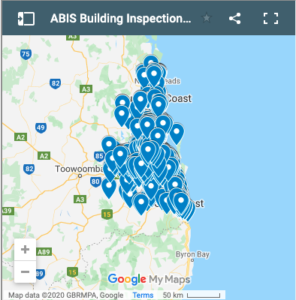
Building inspections in general are an integral part of the process of putting a building or home up for sale, building a new home or putting an existing home up for sale. A building inspection provide a prospective buyer the information they need to buy with confidence and to avoide fanancial surprises.. It also lets the home owners know exactly where they should concentrate their efforts on the next home repairs.
The Foundation Stage Inspection
This isnspection is best performed just before concrete is poured for the base slab or footing. At this stage the form work is in place as well as plumbing, termite barriers, reinforcing steel, etc.
Frame Stage Inspection
At this stage, the inspection moves to check that the framing is straight, the connection of frame members and that its spacings are adequate with blocking and nogging installed for the wall and ceiling. Check the installation of termite barrier, wall frames are secured to the top and bottom plate.
The Waterproofing Stage Inspection
This is where they check the roof plumbing and whether its installation meets the required standards. That the ceilings and wall linings are fitted without defects, internal and external paint finish, that the brickwork is straight and the sill bricks are secure. Without solid waterproofing, the timber structures and finishes and the carpet will rot.
Fixing Stage Inspection
In this stage of the inspection, the inspectors will check the termite notices, check the structural adequacy as well as the materials and workmanship of the carport, verandah, pergola, shed and garage doors.
Building Handover
This report will be detailed and will include everything from the outbuildings and site improvements such as the paving surface drainage to the external such as the weep holes and letterbox. This also includes the condition of the brickwork to the balcony, patio, porch and carport.
Warranty Inspection
This inspection should be conducted at least one month before the builders warranty expires usually 11 months after the handover. This can be viewed as a follow-up inspection to detect any further defects that can be rectified within the warranty period.




